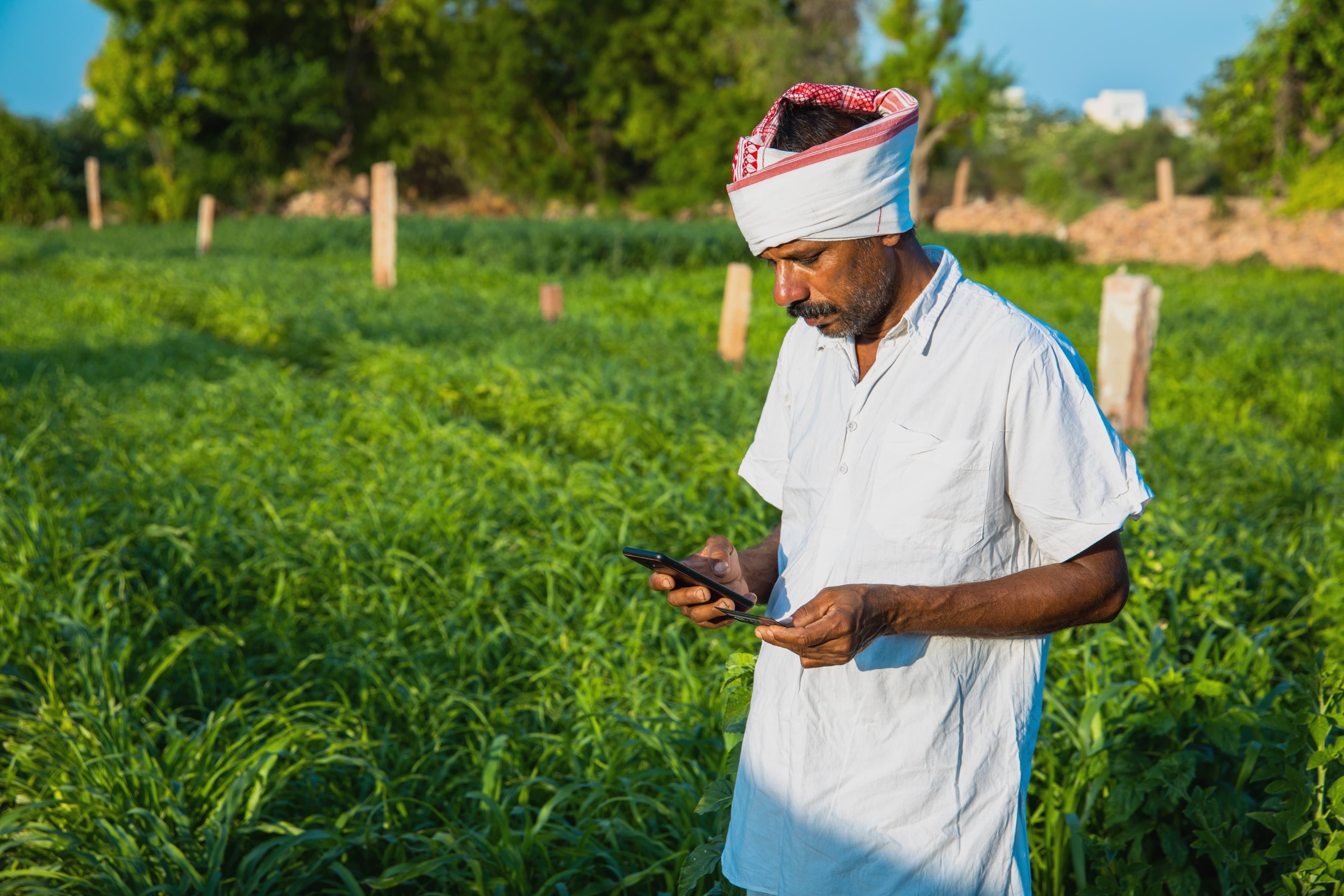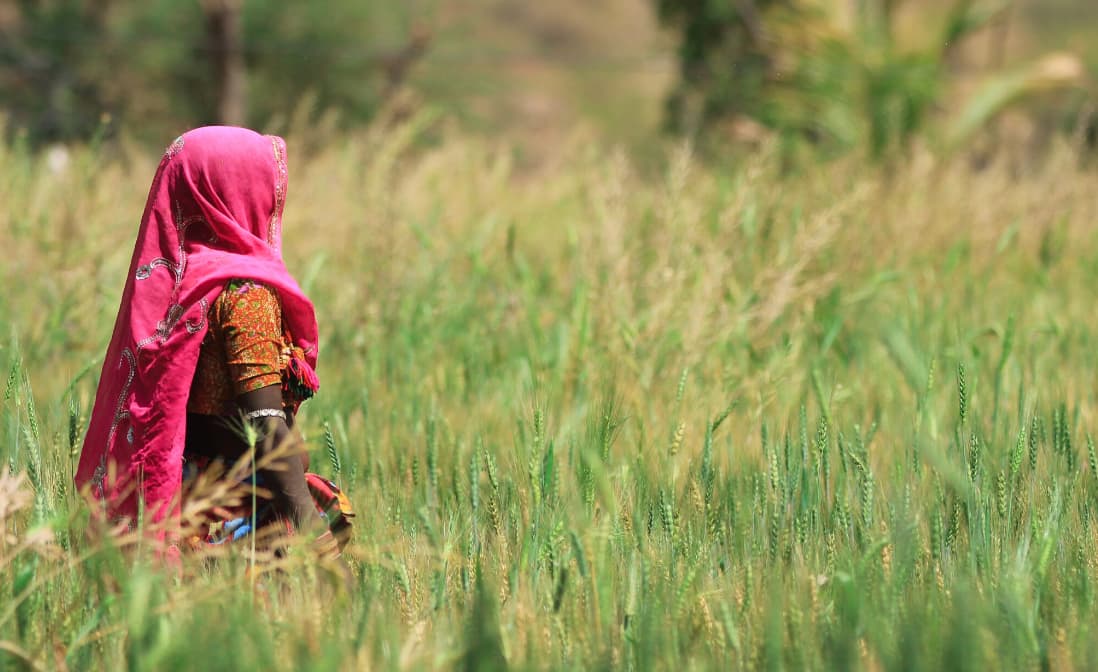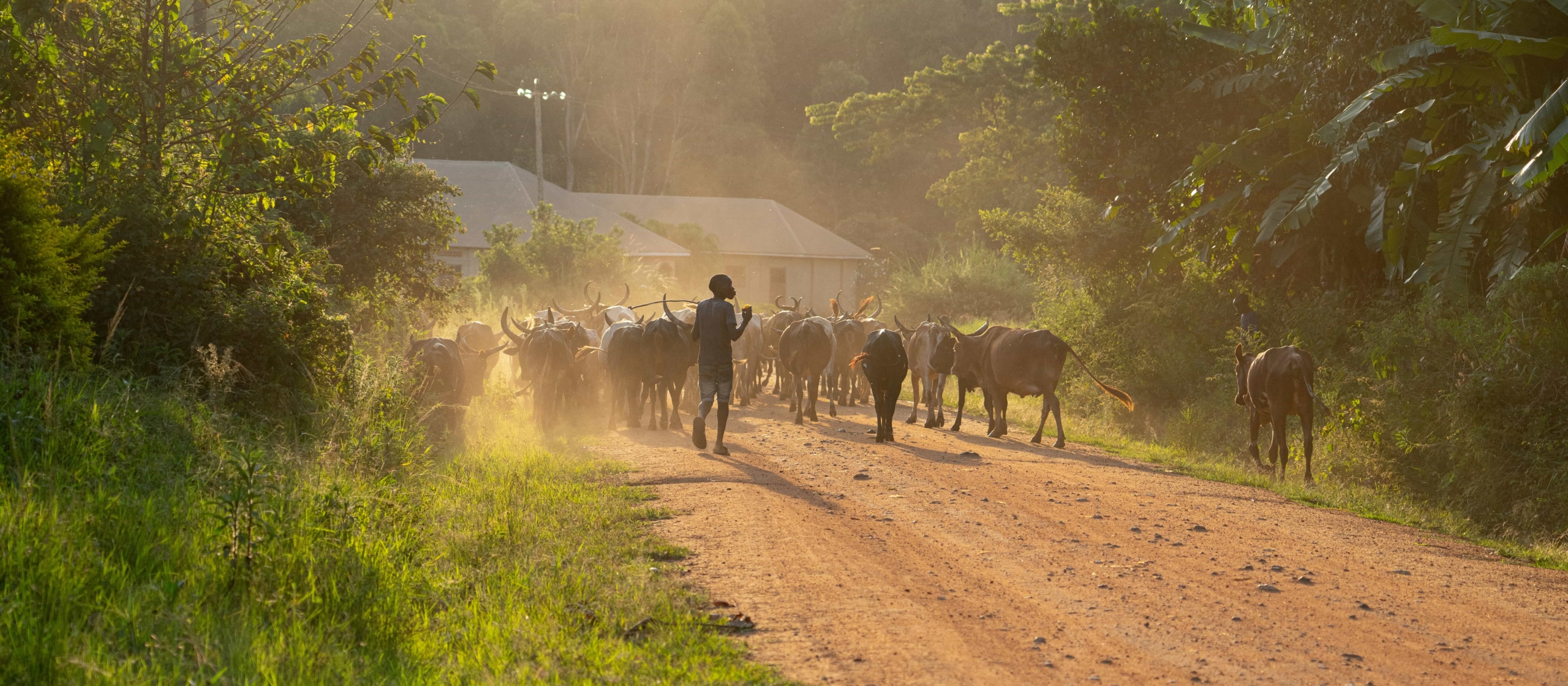

Climate Resilience Assessment
Climate Resilience: The Farmers’ Perspective
Check out our new report summarizing the results of the first 33 agriculture companies to use the 60dB Climate Resilience Assessment! Find out what nearly 5,000 farmers have to say about their own resilience to unexpected weather events.
Why build a Climate Resilience Assessment?
The Climate Resilience Assessment is a standardised and simple methodology for measuring impacts on household resilience to climate shocks.
Finance for climate adaptation in emerging markets is 5-10x below what is needed, and the gap is widening. One barrier to financing adaption has been the absence of clear metrics – how do investors know if they’ve built resilience?
At 60dB, we believe there is a lean way to measure resilience. For the last decade, our team has continuously tested ways to get climate-conscious investors relevant, affordable, and data-driven insights. Through focusing on things that social enterprises can actually impact, we give sector leaders – from bilateral donors to country governments – the data they need.
Our past work with the UN, published here, did just that; we evaluated the preemptive measures UN agencies took to prepare the Somalians for a long drought. Our lean resilience measurement strategy focuses on measuring impact—or changes to resilience—rather than diagnosing a household’s vulnerability to shocks. By developing standardized metrics, we’ve created a tool that can be used across different households, farming communities, and non-agricultural households, providing actionable insights to better improve their climate resilience.
Talk to us about the Climate Resilience Assessment if
- You run a program to involve smallholder farmer wellbeing
- You want to demonstrate your impact on climate resilience
- You want to learn how households experience climate shocks
Product features
Listen to vulnerable households
Assess your
impact
Understand resilience behaviours
Measuring changes in three dimensions of household resilience
-
Perceived resilience
We use four key indicators to assess how an individual’s resilience to potential future shocks has changed as a result of working with an organization. These indicators draw on from Jones & Tanner’s work on subjective resilience.
-
Realized resilience
For those households who have experienced a shock recently, we capture five more indicators to measure how they fared in the face of a shock, and what was the impact of a given organization on their experience.
-
Resources and enablers
We measure changes in a household’s access to key resources and enablers that are proven to be drivers of household resilience, providing objective measures of what factors have changed and actionable insights on how to better support households. These indicators align with COSA’s resilience framework.



